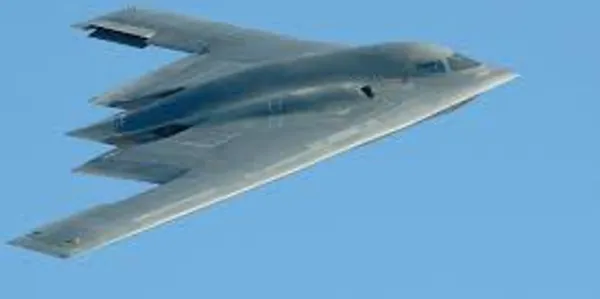US launches airstrikes in Iran
By: Ark-La-Tex Staff Writer
The United States significantly intensified its involvement in the Israel–Iran conflict on June 22 by deploying B‑2 stealth bombers loaded with Massive Ordnance Penetrator bunker‑buster bombs to strike three Iranian nuclear sites: Fordow, Natanz, and Isfahan. The Pentagon described the attacks as causing “extremely severe damage,” though the International Atomic Energy Agency emphasized that inspections are still needed to assess the extent of subterranean destruction
Supporters of the strikes argue that targeting deeply buried nuclear facilities could obstruct Iran’s ability to advance weapons-grade enrichment, potentially delaying any path to a bomb. They also say this demonstrates U.S. backing for Israel and underscores American resolve against nuclear proliferation. Moreover, initial reports from Iran and U.N. monitors suggest no immediate release of radiation into surrounding areas, minimizing civilian risk for the time being.
However, critics warn that U.S. military intervention may inflame regional tensions. Iran’s leadership condemned the attacks as a breach of a “very big red line,” signaling aggressive countermeasures ahead. Tehran’s foreign minister has even suggested that any nation aiding the U.S. could become a legitimate target. Analysts caution that Iran might retaliate by striking U.S. forces in the region or disrupting global energy routes, particularly through the Strait of Hormuz, a passage through which approximately one-fifth of the world's oil and gas travels.
Energy markets responded swiftly: futures for Brent crude surged by $3 to $5 per barrel, the sharpest rise in weeks. Some analysts predict that, in extreme cases, such as a strategic Iranian obstruction of shipping lanes, prices could spike to $130 per barrel. In the U.S., that could translate into a rise of 20 to 25 cents per gallon at the pump, placing additional upward pressure on inflation and potentially complicating the Federal Reserve’s plan to cut interest rates.
Still, many analysts view market reactions as likely temporary. With oil supplies stable and U.S. domestic production high, long-term disruptions may be limited unless Iran follows through on threats to block passage or otherwise impede oil exports.
As for the broader conflict, the move marks a pivotal shift: the U.S. has entered a military confrontation it long avoided, with President Trump pledging more strikes if Iran targets American forces, yet maintained that the goal remains avoiding full-scale war. The Administration has also expressed openness to diplomacy, though Tehran says the time for negotiation has passed.
In the coming days, the impact of the strikes will depend on Iran’s response, the resilience of regional energy flows, and whether diplomatic efforts can resume. The risk remains that a sharp increase in oil prices could spill over into broader economic pressures, while further military escalations could ignite a wider regional fire.
